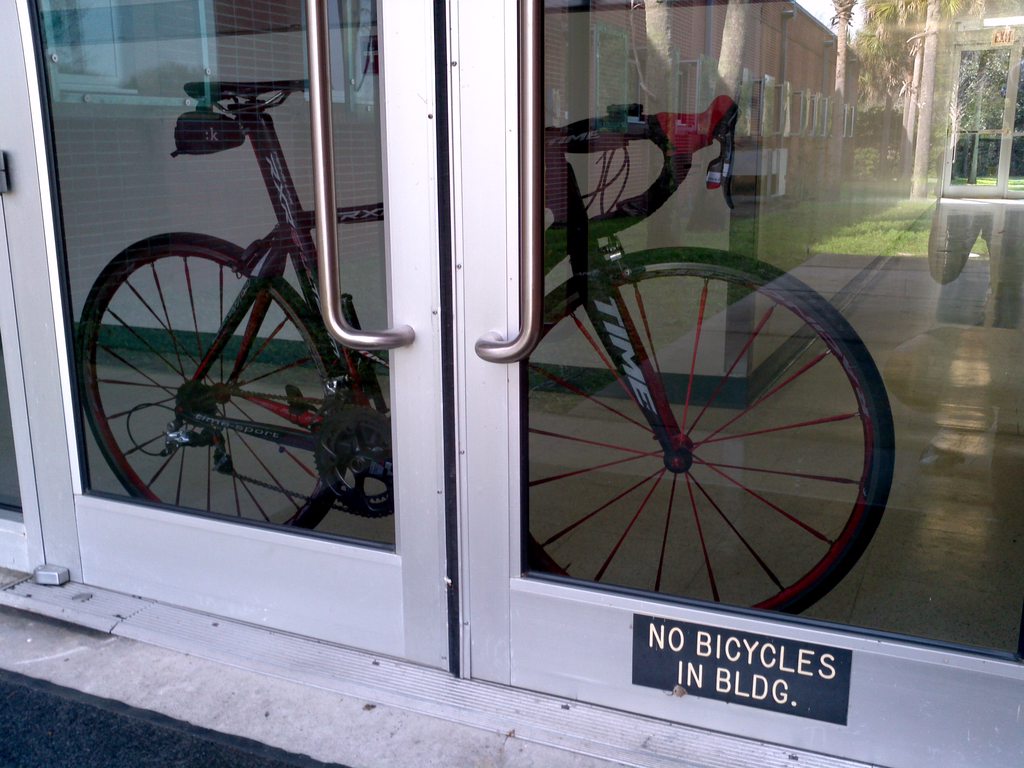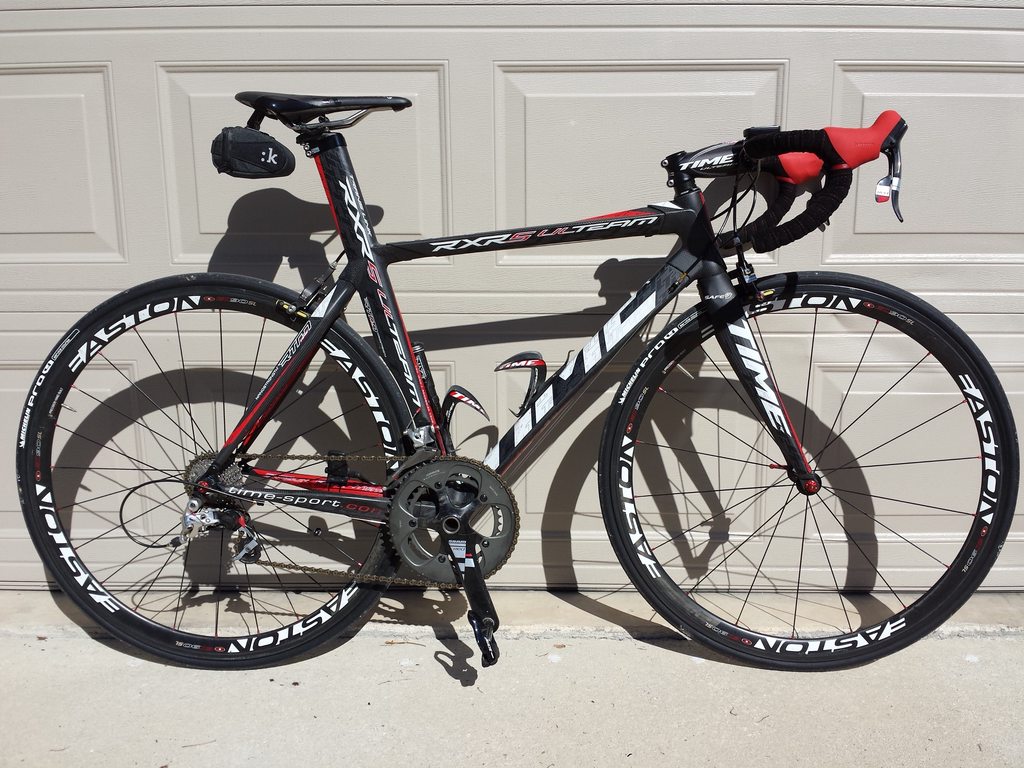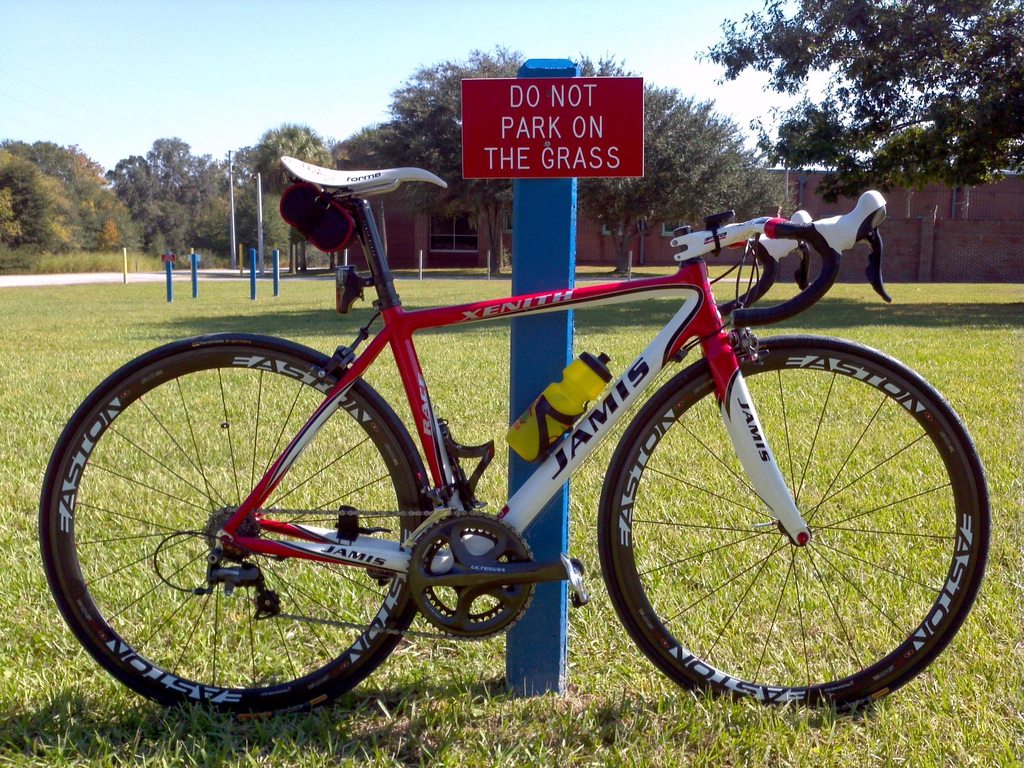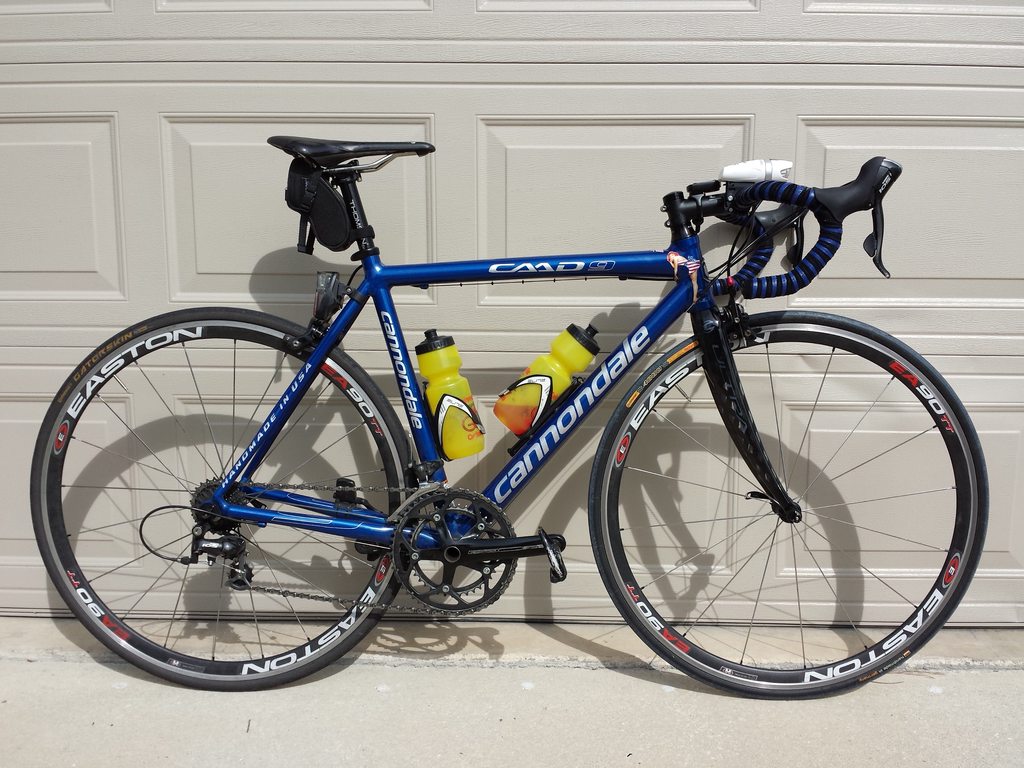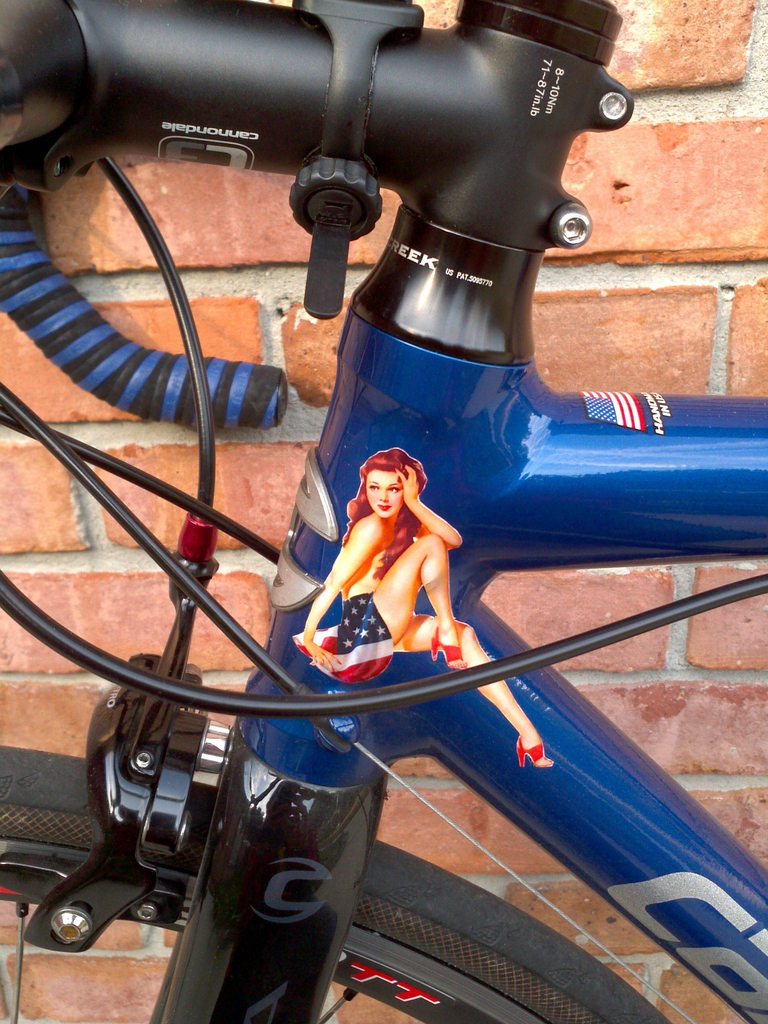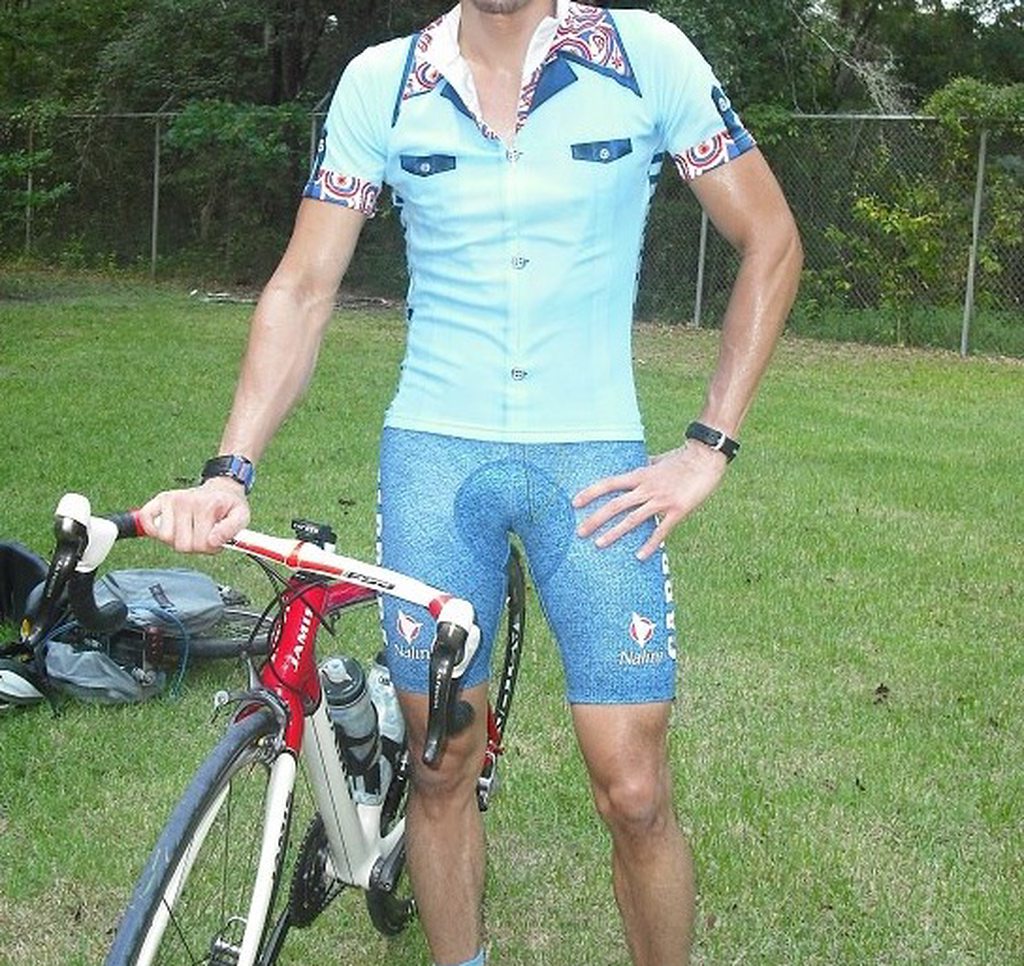you will usually get an ok bike for a grand or so. what you are paying for with more expensive models is lighter components. more durable components, sometimes a lot better functioning components. and usually a carbon frame or lighter carbon frame.
I mean like wheels. you can pay pay a grand or 2 for wheels and they roll just as good/bad as the cheapest shimano ones.
I actually run the very cheapest shimano road wheels on the de rosa lol. works fine for me. didn't even have to build them myself this time.
The things i would swap out on cheap bikes, talking road bikes is this:
tires
handlebars (and probably stem, for better suiting length)
saddle (asses are totally individual)
pedals (i need to ride with all types of shoes)
middle ring up front (i would convert it to single ring up front, probably a 42 or 44)
no real money there, just ergos pretty much. and some personal prefs.
and then i would do this (you basically have to do this with all bikes when new if you want them to last):
disassemble the entire bike and lube all bolts, nuts, cables and housings, and if steel; also the internals of the tubes so they dont rust.
Then lube seatpost and seat tube.
Crack open the hubs and lube all bearings and the mech (you HAVE to do this with shimanos hubs when new), also set correct bearing preload of the hubs.
Lube the BB bearings and the headset bearings if not sealed cartridge ones (i do however open up shimano external cup ones and fill with correct grease).
Spray teflon/moly spray inside the shifter mech.
Then i wont have to touch it for several years except for swapping cassettes/chains/chainrings/pads.
This is where it makes sense to buy frames separately. You dont have to disassemble anything...

just assemble

























